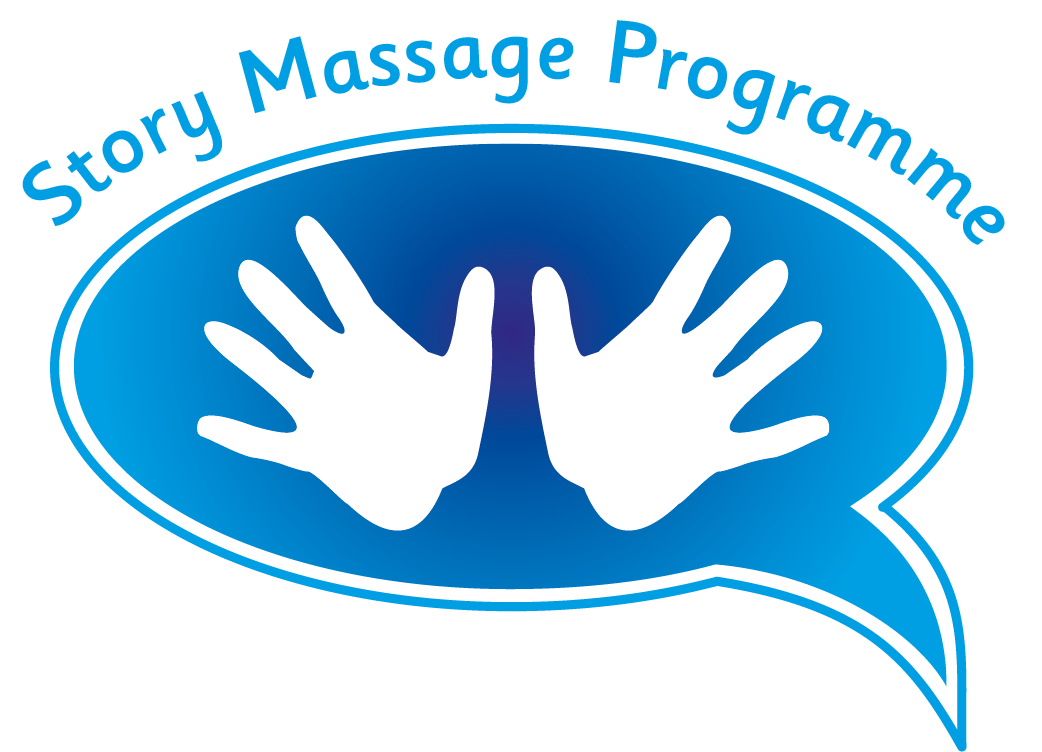Many people share the Story Massage Programme within their multisensory rooms so we were particularly interested in Joanna Grace’s new book Multiple Multisensory Rooms – Myth Busting the Magic. And it is a ‘must read’ for parents, professionals and anyone who genuinely wants to make the most of the opportunities offered by this sensory space.
Reflective Practice
The book is not a ‘how to guide’ but a thought-provoking and beautifully written tool for reflective practice. It explores the history of multisensory rooms, the research (or sadly, lack of) into how they are used today, the positives, negatives, challenges and some practical ideas for maximising their potential for children and adults.
But most of all, it looks at the importance of the practitioner as the main piece of ‘equipment’ and the need for reflection and questioning around how, why and when we use multisensory rooms. Joanna’s mission is to bring love and joy to the multisensory room – whether in schools, care settings, hospitals or homes. Her passion for a future where people are understood in spite of their differences shines through every page.
Need for Research
Those who follow Joanna Grace on social media will be all too aware of her quest to find research into the use and benefits of multisensory rooms. But despite her huge efforts, she concludes that there is very little research out there, and the studies that do exist have poor methodological design. Furthermore, few people are actually trained to use a multisensory room for purposeful learning or playful interaction. And without adequate training or understanding, the multisensory room can become an expensive wasted space or often a place just to ‘park’ people.
So, throughout the book, Joanna asks the reader to reflect on specific questions to help address any issues and build confidence and enthusiasm for maximising the potential of the space. She offers ideas for overcoming challenges such as difficult journeys to the multisensory room, timetabling, tech fear or lack of support from other staff members. She also shares some truly joyful and inspiring examples of best practice that have made a real impact of people’s lives bringing play, pleasure and meaningful communication.
Alternative Sensory Spaces
Underpinning the book is the big question around the expense and reliance of high-tech equipment within many multisensory rooms. We loved reading Joanna’s ideas for creating alternative sensory spaces (which could be as small as an umbrella) where people can relate to each other in a quiet environment and lighting can be controlled. This reminded us of a beautiful space (see photo below) created by a staff member at Shotts Family Learning Centre which is used regularly by the children and staff for one-to-one or group interactions.
The Magic of Multisensory Rooms
The book is both heartbreaking and joyful with a powerful message for the need to train facilitators with skills and inspiration to bring true connection and communication in the multisensory room. So whether you already have a multisensory room at your place of work or home, or you are considering using one, then this book is for you. It is not always a comfortable read but it is definitely timely and hopefully, the start of a new move towards bringing the magic back into multisensory rooms.
You can buy the book from this link: Multiple Multisensory Rooms – Myth Busting the Magoc by Joanna Grace.
About Joanna Grace
Joanna is a Sensory Engagement and Inclusion Specialist, author, trainer, TEDx speaker and founder of The Sensory Projects. Joanna (left) is pictured here with Mary Atkinson (right), co-founder of the Story Massage Programme and Lucy Williams at Raising the Bar 111 National PMLD Conference.
About the Story Massage Programme
You can find out more about benefits, applications and training in the Story Massage Programme – from the website: The Story Massage Programme.







